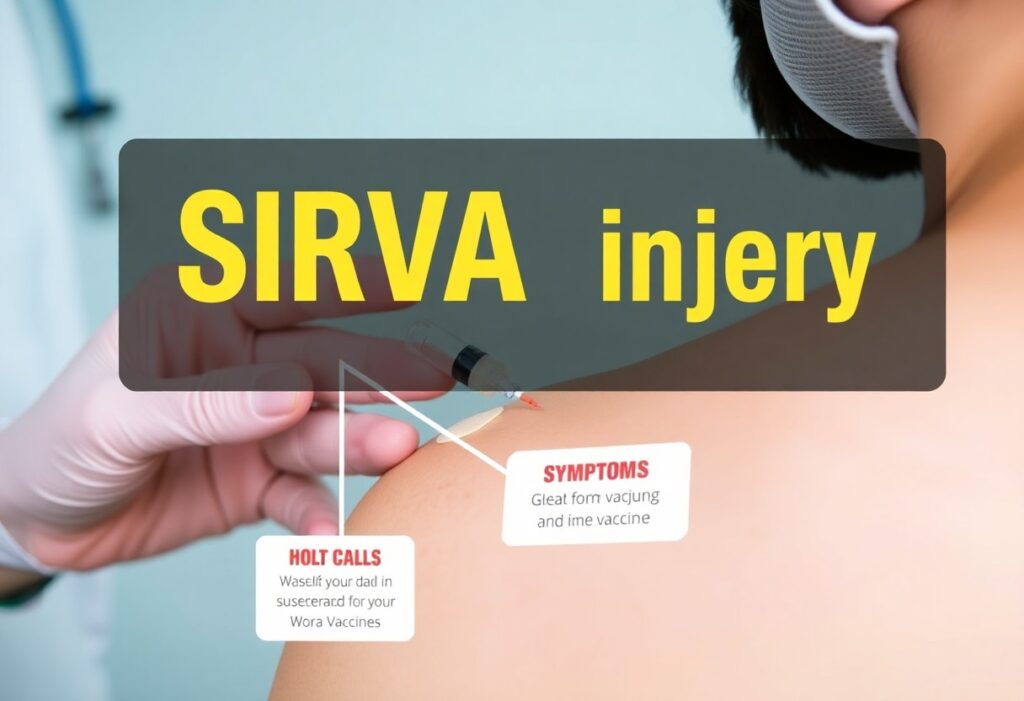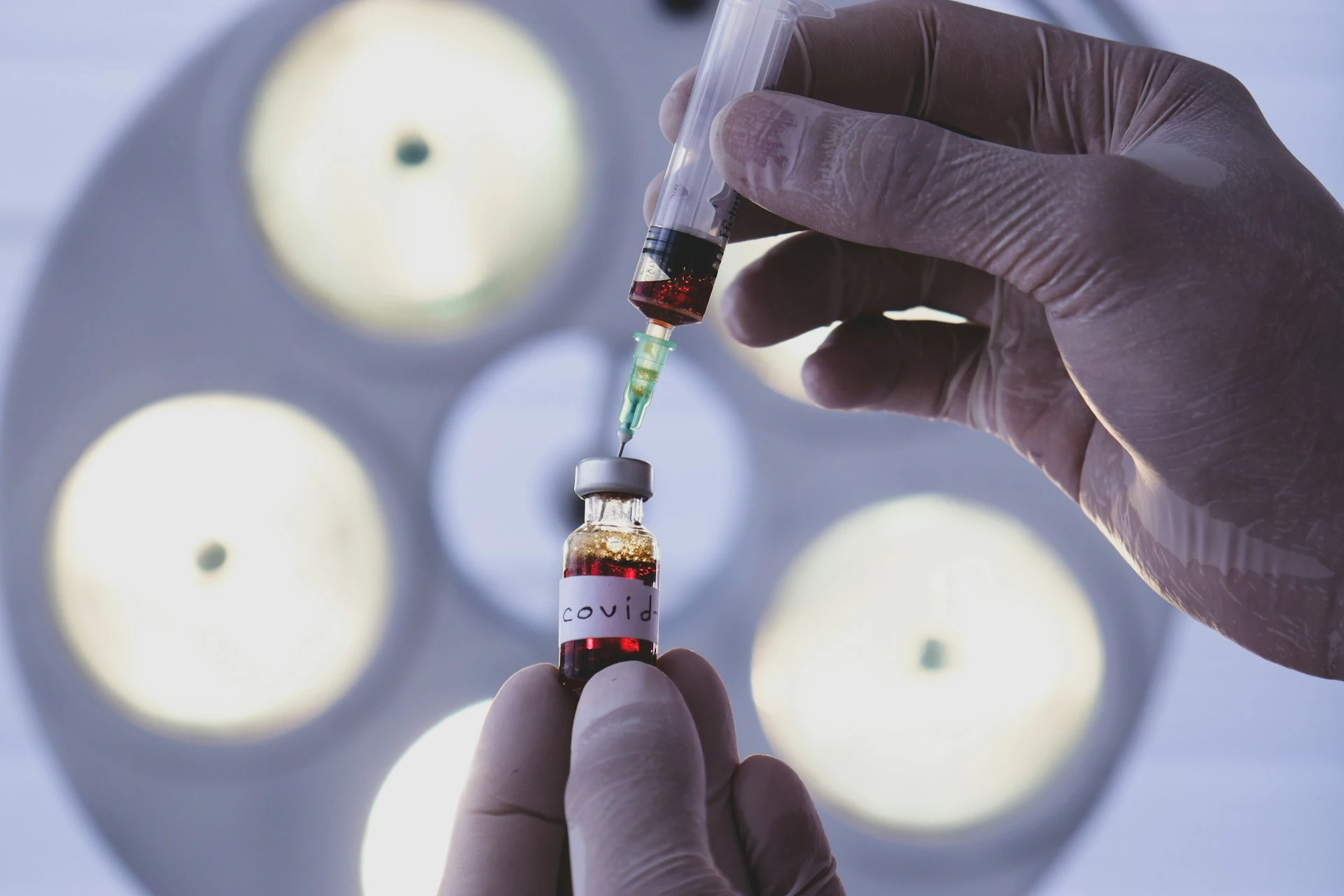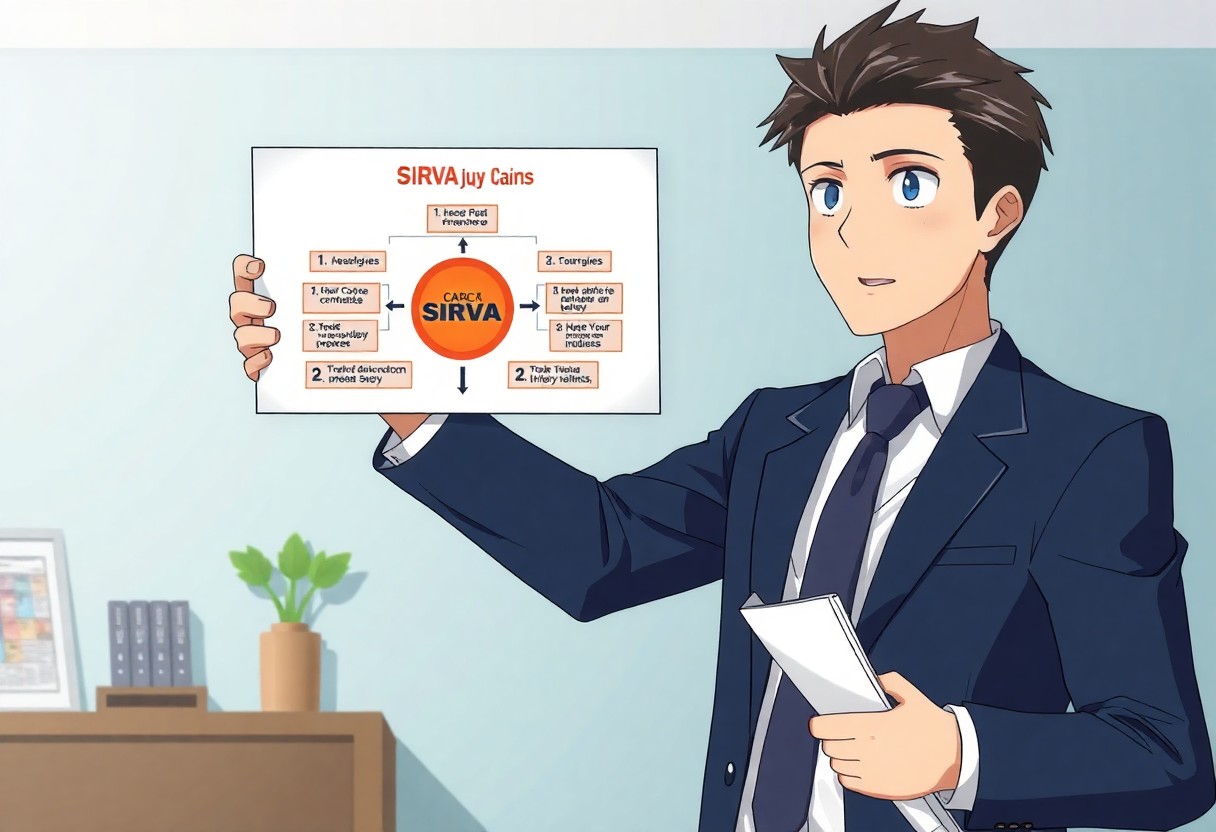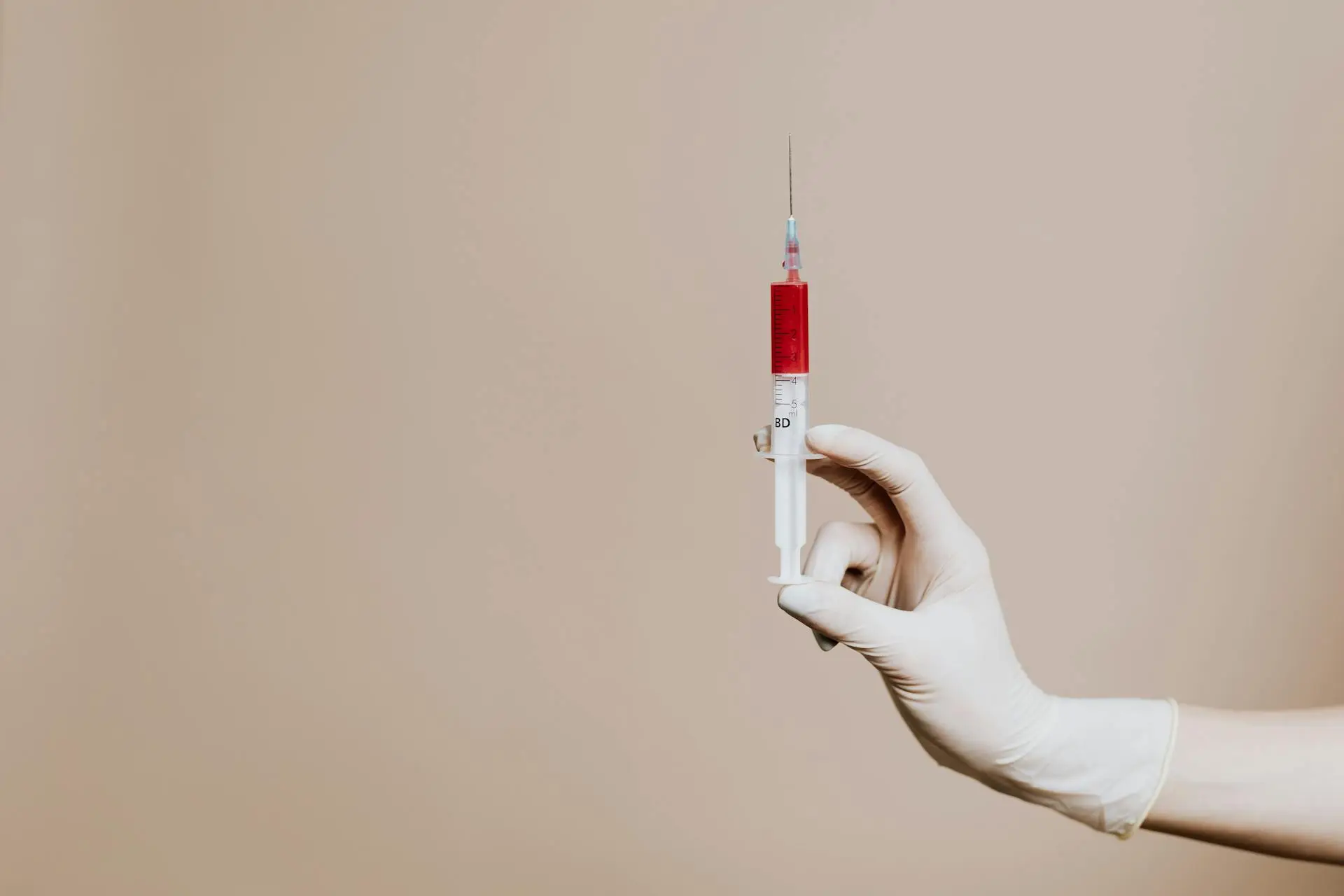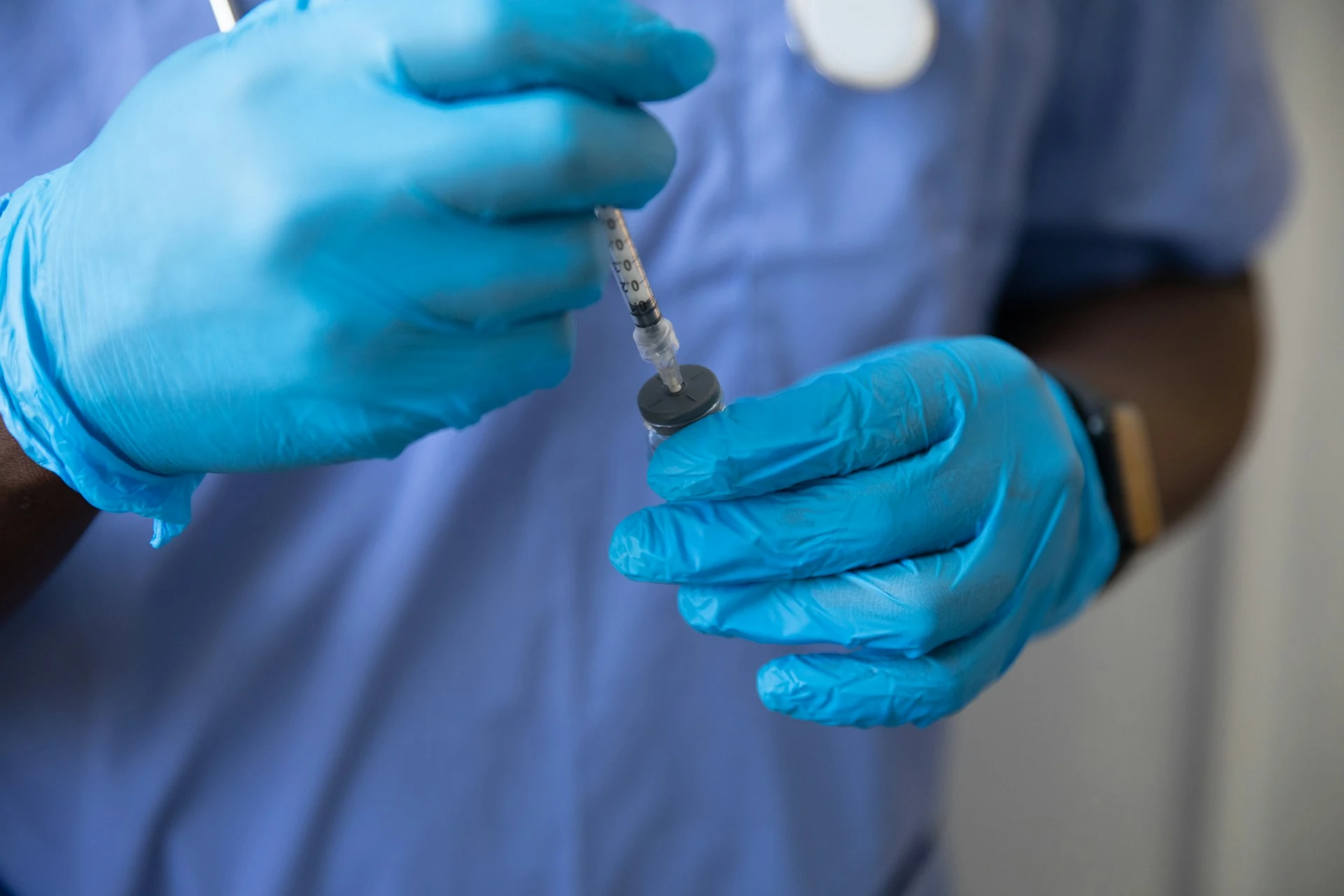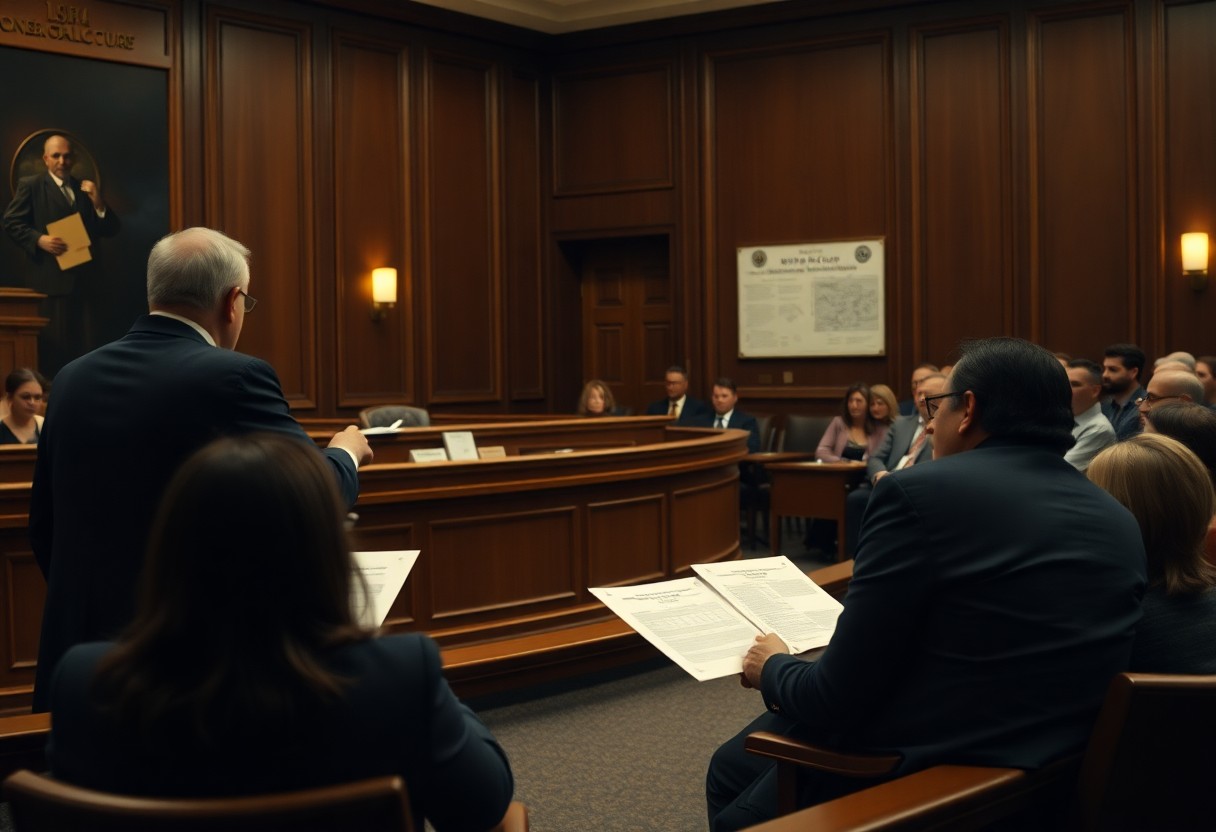With the increasing number of vaccinations, it’s important for you to understand the potential risks associated with them, particularly Shoulder Injury Related to Vaccine Administration (SIRVA). This condition can result from improper injection techniques and may lead to pain, limited mobility, and in some cases, long-term disabilities. Being aware of the symptoms and seeking prompt treatment can aid in recovery. This post will guide you through what SIRVA is, its signs and symptoms, and how to best protect your well-being when receiving vaccines.
Understanding SIRVA Injuries
While vaccines play a pivotal role in public health, it’s important for you to understand that they can occasionally lead to adverse effects, including SIRVA injuries. These injuries arise from improper administration, typically when the vaccine is injected too high into the shoulder, resulting in inflammation of the tissues surrounding the injected area. Being aware of SIRVA can help you recognize symptoms and seek timely medical attention.
Definition of SIRVA
Injuries associated with SIRVA, or Shoulder Injury Related to Vaccine Administration, occur when a vaccine is improperly injected into the shoulder joint or surrounding tissues. This unintended error can lead to significant discomfort and impairment, often characterized by inflammation, pain, and reduced mobility in the shoulder region.
Common Symptoms
With SIRVA, you may experience a range of symptoms that can impact your daily activities. Commonly reported symptoms include persistent shoulder pain, swelling, and tenderness at the injection site, as well as a decreased range of motion in the affected arm.
SIRVA manifests as sharp or aching pain in your shoulder, which may begin within a few days after the vaccination. You may also notice swelling, bruising, and inflammation around the injection site. In more severe cases, you could experience a limited range of motion or even difficulty performing routine tasks. Addressing these symptoms promptly with a healthcare professional is key to mitigating long-term impact.
Causes of SIRVA
If you receive a vaccine, there is a possibility of developing a shoulder injury related to vaccine administration (SIRVA). This condition is primarily caused by improper injection technique, particularly when the vaccine is administered too high in the shoulder joint. Such an error can lead to inflammation, pain, and limited mobility, ultimately affecting your recovery and daily activities.
Mechanisms of Injury
Behind SIRVA injuries lies the body’s response to *inflammation* and *mechanical irritation*. When a vaccine is injected incorrectly, it may damage nearby structures like the bursa, tendons, or muscle fibers, triggering inflammation and pain. This response can become persistent if not addressed promptly, leading to further complications.
Risk Factors
Among the various elements that heighten your risk for SIRVA injuries are factors such as:
- Improper injection technique
- Previous shoulder injuries
- Pre-existing conditions
- Age
- Obesity
Perceiving these risk factors can help you better prepare for your vaccination experience.
SIRVA can manifest more frequently when you have additional elements affecting your shoulder, particularly if you previously experienced any trauma or have conditions that contribute to *joint stiffness* or *weakness*. Being aware of these *risk factors* allows you to engage in proactive conversations with your healthcare provider about your vaccination approach. Ensuring proper technique and aftercare can significantly mitigate your chances of SIRVA.
- Informed consent
- Awareness of symptoms
- Communication with healthcare professionals
Perceiving risks in light of these aspects can empower you as a more effective participant in your healthcare journey.
Identifying SIRVA
Assuming you have received a vaccine and are experiencing shoulder pain, you might be dealing with a SIRVA injury. Signs include pain and limited range of motion in the shoulder, which can occur shortly after vaccination. Pay attention to the specific location of the pain and whether it corresponds to the injection site, as these factors are vital for accurate identification of SIRVA.
Diagnosis Process
Beside a physical examination, your healthcare provider may conduct imaging tests to assess any structural damage in your shoulder. A thorough medical history will also be taken to rule out other conditions and confirm that your symptoms align with SIRVA, ensuring a clear path toward appropriate treatment.
Distinguishing from Other Injuries
About identifying SIRVA involves distinguishing it from other shoulder injuries, such as rotator cuff tears or bursitis. Accurate diagnosis is vital to avoid mismanagement and ensure effective recovery strategies.
Consequently, comprehensive evaluation by a healthcare professional is key to isolating SIRVA from other issues. Common factors include the timing of symptoms after vaccination and the specificity of pain at the injection site. This understanding allows you to receive the correct treatment plan, which may differ significantly from that of other shoulder injuries. Recognizing these details early can lead to better recovery outcomes, making it imperative to communicate your symptoms clearly to your healthcare provider.
Treatment Options
Once again, understanding the available treatment options for SIRVA injuries can empower you in managing your recovery process. Depending on the severity of your symptoms, treatments may vary significantly, ranging from conservative methods to advanced therapeutic measures aimed at restoring function and alleviating pain.
Conservative Approaches
Any approach that focuses on non-invasive methods can be beneficial in managing SIRVA injuries. These may include:
- Rest and activity modification
- Physical therapy
- Ice and heat applications
- Over-the-counter pain relievers
Advanced Therapeutic Measures
Between conservative options and surgical interventions, advanced therapeutic measures may provide you with enhanced relief and support recovery. These may involve:
Advanced Treatment Options
| Injections (cortisone, steroid) | To reduce inflammation and pain |
| Platelet-rich plasma (PRP) therapy | To promote healing in damaged tissues |
| Extracorporeal shockwave therapy | To improve circulation and reduce pain |
Further exploration of these advanced options can reveal effective pathways to recover from SIRVA injuries. They often provide targeted relief, allowing you to return to your daily activities more quickly. Options like:
- Physical therapy with specialized modalities
- Invasive techniques under local anesthesia
- Continued rehabilitation and monitoring
Utilizing these advanced therapies can significantly aid your healing process and address any underlying issues related to SIRVA.
Prevention Strategies
Not all vaccine-related injuries are unavoidable. By implementing effective prevention strategies, you can significantly reduce your risk of SIRVA injuries. This includes ensuring that vaccinations are administered appropriately and maintaining open communication with your healthcare provider. Taking proactive steps toward understanding the vaccination process will empower you as a recipient.
Proper Vaccination Techniques
Around 75% of SIRVA cases stem from improper administration techniques. Ensuring that the vaccination is injected into the appropriate muscle, typically the deltoid, and at the correct depth is vital. Encourage your healthcare provider to follow best practices, including using the right needle size for your body weight and maintaining a relaxed posture during the shot.
Patient Education
Around being informed about your vaccination can dramatically impact your experience and outcomes. When healthcare providers openly communicate the vaccination process, potential side effects, and aftercare, you become a more active participant in your health. Engaging in discussions with your provider can enhance your understanding and relief regarding your vaccination.
But patient education goes beyond just information sharing. It creates a supportive environment where you can ask questions and voice any concerns. Being well-informed allows you to recognize potential SIRVA symptoms early and report them promptly. This careful dialogue can lead to a safer vaccination process, reducing the likelihood of complications. Prioritizing education in your vaccination journey not only protects yourself but also encourages a culture of safety in healthcare settings.
Legal and Compensation Considerations
For those affected by SIRVA injuries, understanding the legal landscape and potential compensation avenues is vital. Various programs can provide assistance, but claiming benefits often requires navigating complex legal procedures. It’s important to stay informed about your rights and the steps needed to pursue compensation for your injuries.
Recognizing Your Rights
Before pursuing any legal actions, it is important for you to understand your rights as a vaccine recipient. You are entitled to appropriate medical care and may also have the right to seek compensation for injuries resulting from vaccination-related incidents. Familiarizing yourself with applicable laws can empower you to take necessary actions.
Filing Claims for SIRVA Injuries
An important step in addressing SIRVA injuries involves filing claims through available channels. You can initiate claims with private insurance or through the National Vaccine Injury Compensation Program (VICP) if your situation meets specific criteria.
Even when navigating the claims process for SIRVA injuries, it’s vital to document your experience thoroughly. Collect medical records, treatment history, and any pertinent evidence that supports your claims. This documentation can be instrumental when seeking compensation. Be aware that the claims process can be lengthy and complex, so consult with an attorney who specializes in vaccine injuries to enhance your chances of success. Proper representation ensures that you receive fair due process and maximizes your potential recovery in case of an injury.
Conclusion
With these considerations, you should be aware of the potential risk of SIRVA injuries when receiving a vaccine, as they can impact your overall health and well-being. Understanding the signs and symptoms will empower you to seek timely medical advice if necessary. Ensure proper administration techniques are followed to mitigate risks and always communicate with your healthcare provider about any concerns. Staying informed can help you navigate your vaccination journey confidently.
FAQ
Q: What is SIRVA and what causes it?
A: SIRVA stands for Shoulder Injury Related to Vaccine Administration. It occurs when a vaccine is administered improperly, often too high on the shoulder, leading to pain and dysfunction in the shoulder joint and surrounding tissues. Factors contributing to SIRVA can include the incorrect technique used during the injection, vaccinations given too close to the acromion process, or pre-existing shoulder conditions that may exacerbate the injury.
Q: What are the symptoms of SIRVA?
A: Symptoms of SIRVA typically include persistent shoulder pain, weakness, limited range of motion, and swelling in the shoulder area. These issues may arise within 48 hours after vaccination and can affect daily activities, making it challenging to perform routine tasks. If symptoms worsen or persist for more than a few days, it is advisable to seek medical attention to address the injury effectively.
Q: How can vaccine recipients prevent SIRVA injuries?
A: To help prevent SIRVA injuries, vaccine recipients should ensure that healthcare providers administer vaccines using proper techniques. This includes positioning the patient correctly, locating the deltoid muscle accurately, and using appropriate needle length and gauge. Additionally, recipients can discuss their shoulder health history with the provider before vaccination and ensure they are comfortable with the vaccination process to reduce anxiety, which may contribute to muscle tension during the injection.


